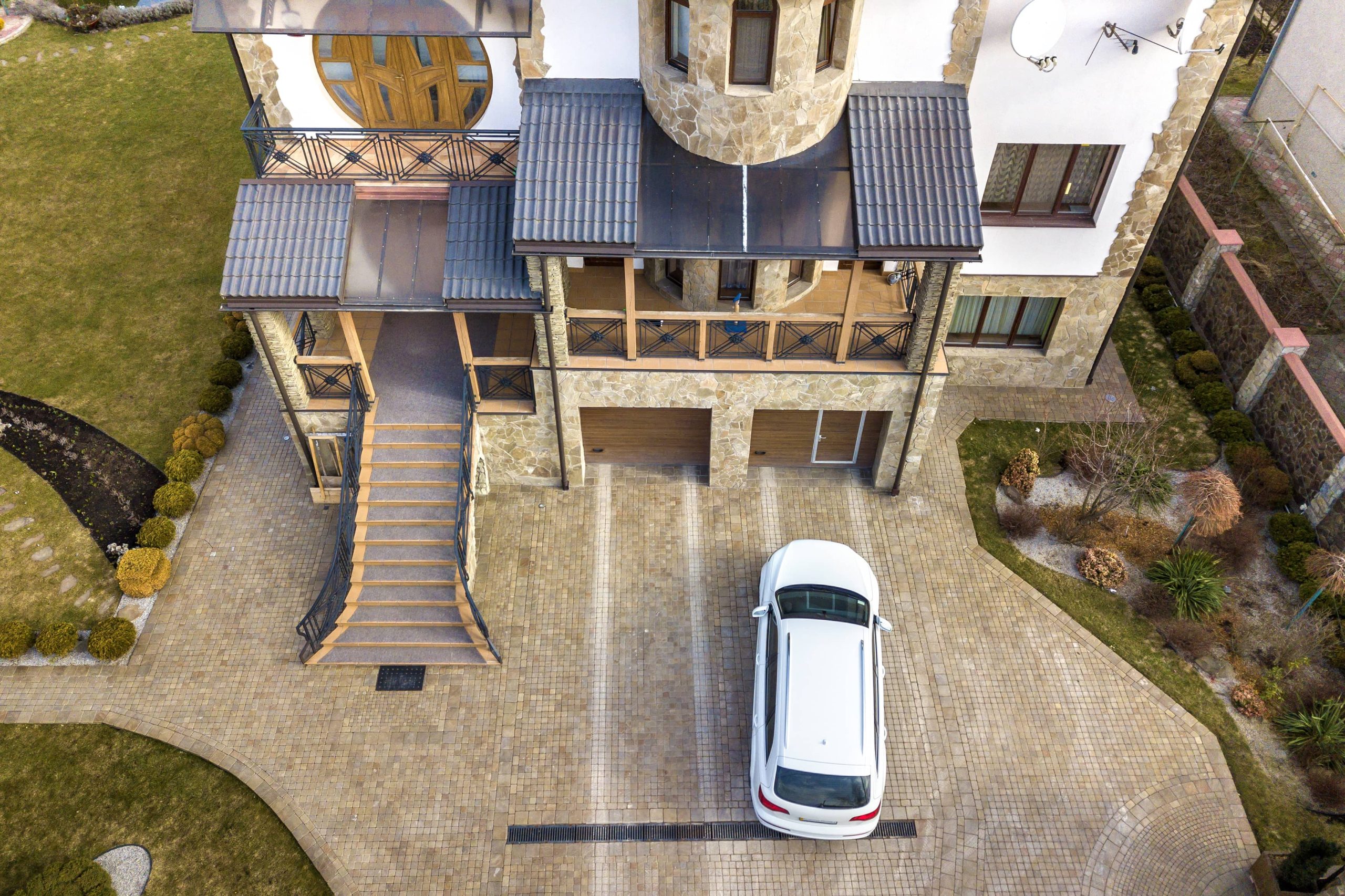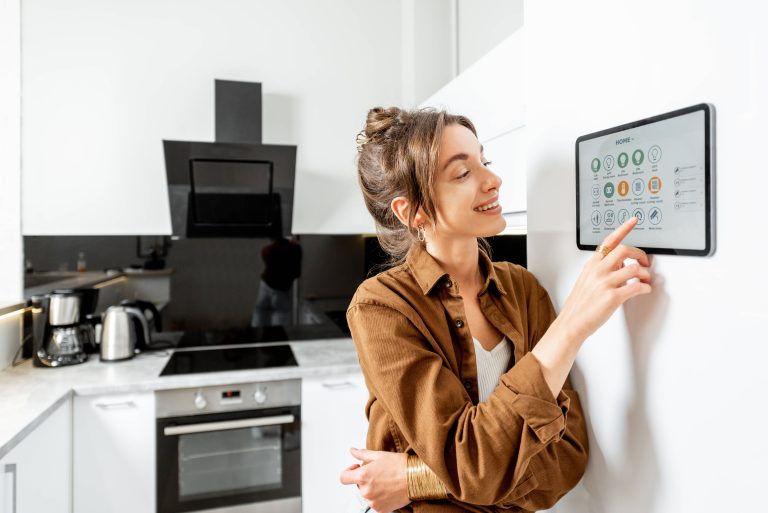
In the ever-evolving world of smart home technology, convenience and automation often come with a hidden cost – privacy. As we integrate more smart devices into our everyday lives, we must also consider the security aspects and protect ourselves from potential intrusions. One particular area rife with challenges is when we have guests visiting our smart home. How do we offer convenience and access to our smart devices while preserving our security and privacy? Enter the concept of “Guest Mode.”
What is Guest Mode?
Guest Mode in a smart home context allows visitors to experience the benefits of your smart home system without compromising your personal data and device configurations. It’s similar to the guest profile on a computer, offering limited access to avoid exposing sensitive information or allowing changes to crucial settings. It ensures that while Aunt Mary can turn on the lights or adjust the thermostat, she won’t accidentally access your personal schedules, security cameras, or alter your home setup.
Why Implement Guest Mode?
For anyone managing a smart home, maintaining privacy and security while offering convenience is paramount. Here are some reasons to implement a Guest Mode:
1. Privacy Protection: Guests won’t have access to sensitive information stored in your smart devices, such as video footage from security cameras, personal reminders, or saved passwords.
2. Prevent Tampering: By limiting access, you can prevent unintentional or intentional modifications to your smart home setup, safeguarding your personalized settings and routines.
3. Enhanced Security: Reducing the risk of unauthorized access to your smart home network and its devices ensures that your home remains secure even in the presence of visitors.
4. Better User Experience: Guests can enjoy a seamless and convenient interaction with your smart home, making their stay more comfortable without compromising your security.
Steps to Create a Guest Mode for Your Smart Home
1. Identify Essential Devices for Guest Access:
Begin by listing out the smart devices that guests will need to interact with – lighting, climate control, entertainment systems, and perhaps the front door lock.
2. Set Up Restricted Profiles:
Many smart devices and platforms allow you to create guest profiles or restricted access modes. For example:
– Amazon Alexa: Set up a ‘Guest Profile’ that restricts access to certain features.
– Google Home: Use the ‘Guest Mode’ feature or set up a separate ‘Home’ with limited device access.
– Smart Thermostats: Create a guest user with limited access to home climate settings.
– Smart Locks: Generate temporary access codes for guests to use during their visit.
3. Custom Automations & Scenes:
Configure specific automations and scenes for guests. For example, create a “Guest Arrival” automation that adjusts lights and temperature settings when a guest arrives. Ensure that these scenes do not grant access to personal routines or security settings.
4. Network Segmentation:
Create a guest Wi-Fi network separate from your primary smart home network. This limits guests’ access to your main network and the devices connected to it, thereby minimizing the risk of network intrusion or tampering.
5. Device-specific Guest Modes:
– Smart Lighting: Use apps or platforms like Philips Hue or Lifx to create limited scenes or groups accessible to guests.
– Smart Speakers: Limit access to personal calendars, messages, and other sensitive data.
6. Testing and Evaluation:
Before guests arrive, test the Guest Mode settings thoroughly. Make sure that all necessary features are accessible and functioning correctly, while ensuring that personal data and settings are protected.
7. Communicating with Guests:
Provide clear instructions on how to use the smart devices accessible to them. A simple welcome note or printed guide outlining the commands and functionalities available to guests can enhance their experience and reduce confusion.
Best Practices for Guest Mode Success
– Regular Updates: Regularly update your smart devices and software to ensure the latest security patches and features are in place.
– Temporary Access: For recurring visitors, consider creating temporary access codes or schedules that expire when they leave.
– Educate Family Members: Make sure all household members are aware of Guest Mode and know how to activate or deactivate it.
– Monitor Activity: Keep an eye on device usage logs or notifications to spot any unusual or unauthorized activity.
Conclusion
Creating a Guest Mode for your smart home is a thoughtful approach to balancing convenience with privacy and security. By taking the necessary steps to implement this feature, you can ensure that guests enjoy the comforts of your smart devices without compromising your personal information or home security. As the saying goes, better safe than sorry – especially in the age of interconnected, smart home technology.







